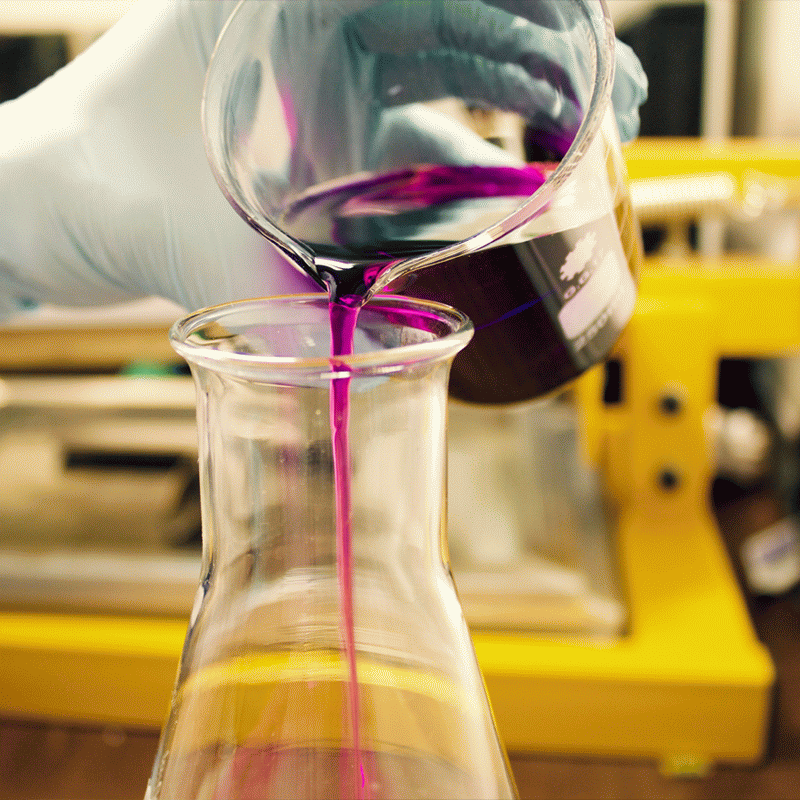-
Categories
-
Pharmaceutical Intermediates
-
Active Pharmaceutical Ingredients
-
Food Additives
- Industrial Coatings
- Agrochemicals
- Dyes and Pigments
- Surfactant
- Flavors and Fragrances
- Chemical Reagents
- Catalyst and Auxiliary
- Natural Products
- Inorganic Chemistry
-
Organic Chemistry
-
Biochemical Engineering
- Analytical Chemistry
-
Cosmetic Ingredient
- Water Treatment Chemical
-
Pharmaceutical Intermediates
Promotion
ECHEMI Mall
Wholesale
Weekly Price
Exhibition
News
-
Trade Service
The chemical industry plays a crucial role in the production of various goods and products that are essential to our daily lives.
However, the use of chemicals in this industry can also pose a risk to the health and safety of workers and the environment.
One such chemical is (9-(4-bromophenyl))-9H-carbazole, which is commonly used in the production of dyes, pigments, and other chemicals.
This article will examine the safety precautions that should be taken when handling this chemical to minimize the risks to workers and the environment.
(9-(4-BROMOPHENYL))-9H-CARBAZOLE, also known as 9-(4-bromophenyl)-9H-carbazole or simply BPC, is a white or slightly yellow crystalline powder with a characteristic odor.
It is highly soluble in water and slightly soluble in ethanol and ether.
BPC is used as a starting material in the production of a variety of chemicals, including dyes, pigments, and pharmaceuticals.
The chemical is classified as a potential occupational carcinogen by the International Agency for Research on Cancer (IARC) and the National Toxicology Program (NTP).
Prolonged exposure to BPC has been linked to an increased risk of cancer, particularly in the respiratory, urinary, and digestive systems.
To minimize the risks associated with handling BPC, several safety precautions should be taken by chemical companies and workers.
Firstly, workers should wear appropriate personal protective equipment (PPE), such as gloves, safety glasses, and respirators, to prevent skin and eye contact and inhalation of the chemical.
Secondly, ventilation systems should be properly functioning to remove any vapors or fumes that may be released during the production process.
Thirdly, spillage of BPC should be cleaned up immediately, and any contaminated clothing or equipment should be thoroughly laundered or disposed of.
In addition to personal protective equipment, workers should also follow good hygiene practices to minimize the risk of skin and eye contact.
This includes washing hands regularly, avoiding touching the face, and showering at the end of the work shift.
Moreover, workers should be trained on the safe handling and storage of BPC, and chemical safety data sheets (SDSs) should be readily available to provide information on the appropriate safety precautions.
Chemical companies should also take measures to minimize the environmental impact of BPC.
This includes proper storage and disposal of the chemical, as well as the implementation of waste management practices that minimize the release of the chemical into the environment.
In addition, companies should ensure that their production processes are designed and operated in accordance with relevant regulations and guidelines, such as those set by the Occupational Safety and Health Administration (OSHA) and the Environmental Protection Agency (EPA).
In conclusion, (9-(4-bromophenyl))-9H-carbazole is a chemical that requires careful handling and storage to minimize the risks to workers and the environment.
Chemical companies and workers should take the necessary precautions to ensure the safe use and disposal of BPC, and should also follow relevant regulations and guidelines to ensure compliance with environmental and safety standards.
By taking these steps, we can minimize the risks associated with the production and use of BPC and promote a safer and more sustainable chemical industry.






